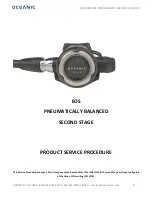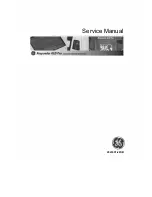
26
GB
7B-6 Locate conductors in inaccessible places
7B-5 Locate nonconducting installation pipes
Make the loop between the measuring lead (red) and the return conductor (black) as big as possible. This
improves reception and thus increases the range of the receiver. One way of achieving this is to use an ex
-
tension cable. See image j. This is particularly helpful when working under voltage. The distance between
measuring conductor and return conductor should be at least 2 m. Also follow tips 2, 3 and 6.
Recommended setting for the receiver: Automatic search mode, see chapter 5B.
Tip 10: The return conductor (black) may also be connected via the neutral conductor (N). The measuring
conductor and return conductor should then be in the same electric circuit.
Guide a cable probe (copper wire) or a taut wire into the nonconducting installation pipe. Connect the
sender with the red cable (+) to the probe and with the black cable (-) to an earth potential and switch
on. Then turn on the receiver and begin searching. The receiver can now find the course of the
installation pipes by means of the probe. Also follow tip 3.
Recommended setting for the receiver: Automatic search mode, see chapter 5B.
– Make the measuring circuit zero-potential.
– When working under voltage, be sure to follow the safety instructions.
!
– For cable channels, remove the wires in the pipe from the power source and connect them to an
earth potential.
– Make the measuring circuit zero-potential.
!
j
Summary of Contents for CableTracer Pro
Page 86: ...86...
Page 87: ...CableTracer Pro 87...
















































